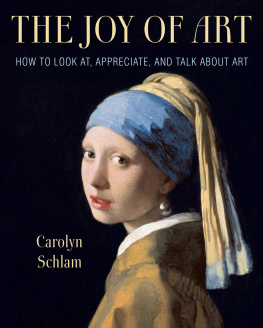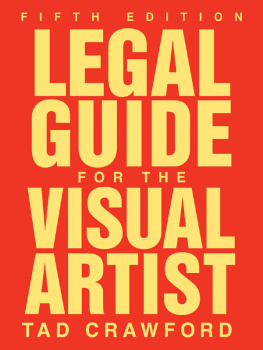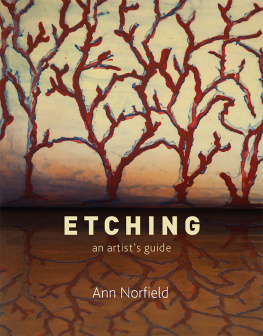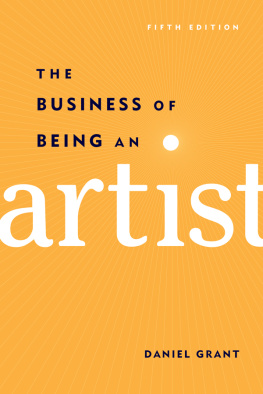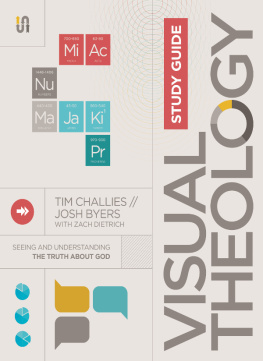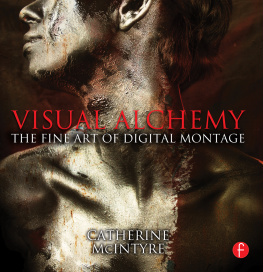
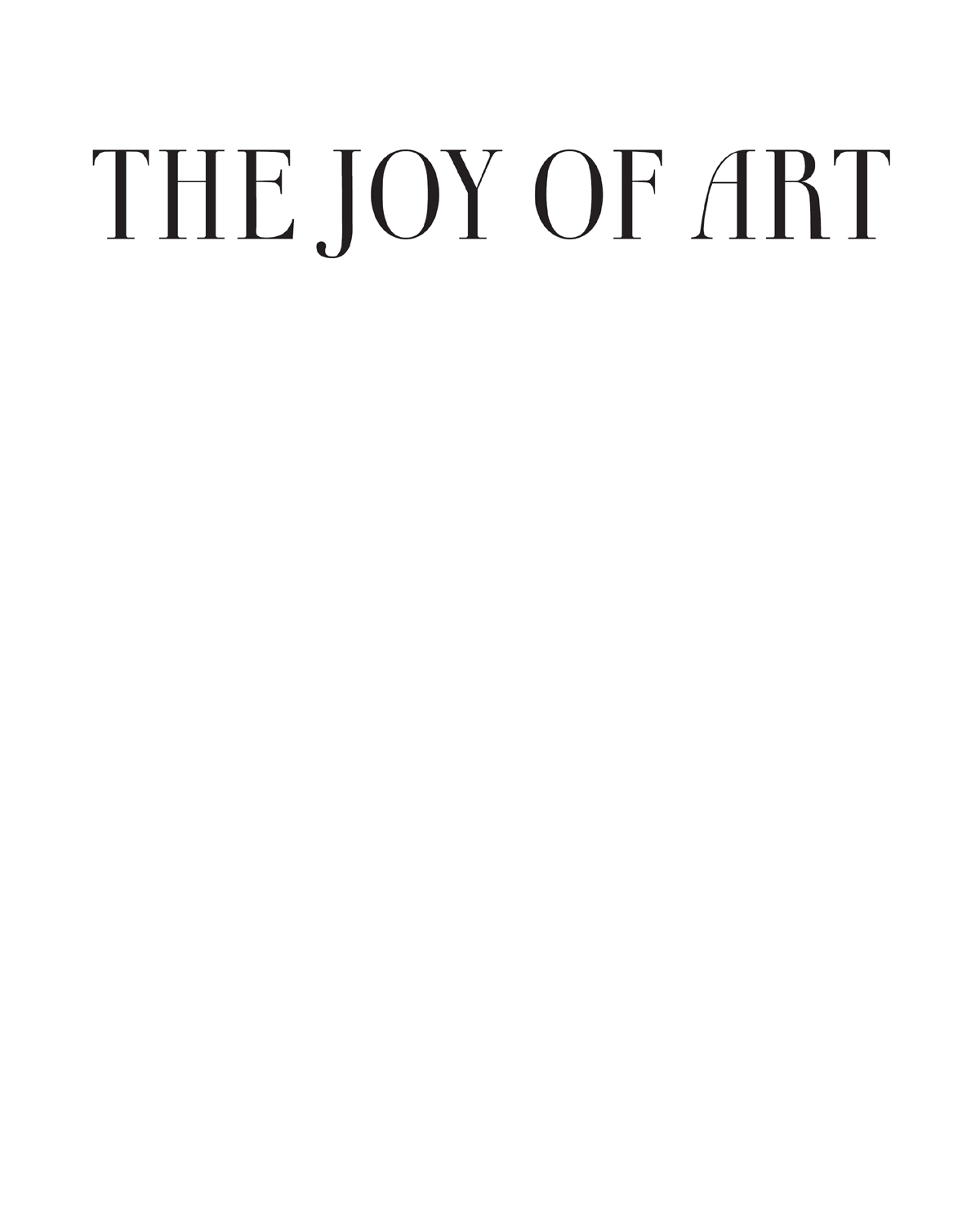

Copyright 2020 by Carolyn Schlam
All rights reserved. Copyright under Berne Copyright Convention, Universal Copyright Convention, and Pan American Copyright Convention. No part of this book may be reproduced, stored in a retrieval system, or transmitted in any form, or by any means, electronic, mechanical, photocopying, recording or otherwise, without the express written consent of the publisher, except in the case of brief excerpts in critical reviews or articles. All inquiries should be addressed to Allworth Press, 307 West 36th Street, 11th Floor, New York, NY 10018.
Allworth Press books may be purchased in bulk at special discounts for sales promotion, corporate gifts, fund-raising, or educational purposes. Special editions can also be created to specifications. For details, contact the Special Sales Department, Allworth Press, 307 West 36th Street, 11th Floor, New York, NY 10018 or .
24 23 22 21 20 5 4 3 2 1
Published by Allworth Press, an imprint of Skyhorse Publishing, Inc. 307 West 36th Street, 11th Floor, New York, NY 10018. Allworth Press is a registered trademark of Skyhorse Publishing, Inc., a Delaware corporation.
www.allworth.com
Jacket design by Mary Ann Smith
Jacket illustrations: Girl with a Pearl Earring by Johannes Vermeer, Water Lilies by Claude Monet, Still Life with a Guitar by Juan Gris
Author photograph by John Hudetz
Library of Congress Cataloging-in-Publication Data
Names: Schlam, Carolyn Dobkin, 1947author.
Title: The joy of art : how to look at, appreciate, and talk about art / Carolyn Schlam.
Description: New York, New York : Allworth Press, An imprint of Skyhorse Publishing, Inc., [2020] | Includes index.
Identifiers: LCCN 2019009798 (print) | LCCN 2019010318 (ebook) | ISBN 9781621537045 (hardcover: alk. paper)
Subjects: LCSH: Art appreciation.
Classification: LCC N7477 .S29 2020 (print) | LCC N7477 (ebook) | DDC 701/.18dc23
LC record available at https://lccn.loc.gov/2019009798
LC ebook record available at https://lccn.loc.gov/2019010318
Print ISBN: 978-1-62153-704-5
eBook ISBN: 978-1-62153-705-2
Printed in China
Disclaimer: Some photographs of art in this book have been used under licenses specified on Wikimedia. No copyright is claimed in any such photographs which may be used by others pursuant to the licenses specified on Wikimedia. Information for such images (including their location on Wikimedia) is included in .
To:
My fellow artists who carry on and the art lovers who appreciate them.
It has been said that art is a tryst, for in the joy of it maker and beholder meet.
Kojiro Tomita
Contents
Chapter 1
Introduction: How the Book Originated
The idea for this book came to me while I was visiting a show of Picasso sculpture at New Yorks Museum of Modern Art. Being a Picasso lover, I was really excited about the show and was anticipating a long visit and the chance to really study the many works I was viewing for the first time.
The latter proved impossible, as crowds were deep, and just getting close to the work was a struggle. In addition, most everyone seemed to have their cell phones poised and snapping away at every piece. I wound up waiting for the seas to part and just managing a quick glimpse before moving on to the next work.
I wondered what, if anything, these avid photographers were getting out of the experience and frankly whether they would ever look at these photos again.
The interest was definitely there, and museum entrance stats do seem to bear that out. Wherever people travel, art museums are high on sightseeing must-go lists, and first-rate architects are competing to create new museums and museum additions that are ever more spectacular.
With demand clearly high, I thought, was there a way to make the experience of viewing art even more gratifying and elucidating?
As an artist, I have a particular method to view an exhibition. I am there to enjoy the work, of course, just like any viewer. But I am also on a hunt. I am looking for resonance, something in the work that speaks to me personally, suggests perhaps something I would like to explore further in my own practice. It might be a color, or a particular palette. A texture, treatment, composition, shape, material, anything really. Identifying why that particularity makes me take notice is a clue to what matters to me, and where I might want to take my own work.
My hunt makes going to the museum not just a viewing experience, or something to do on a rainy afternoon. It makes it an important part of my life, not an idle time-filling activity. It makes it personal. Making an experience personal means that I will remember it, relate it to the rest of my life, and actually get something out of it. I will learn something this day about art, and about myself simultaneously.
This is my method: I enter a room of the exhibition and do a general scan of the works. I may read the introductory writings, but probably not. More on this subject later. Though curators often do an excellent job in describing their curatorial bent, I often prefer to draw my own conclusions about the exhibit and dont want my thinking scripted. Though I glance at each of the works in the room, I will certainly be drawn to one or two that particularly pique my interest. I dont know why, but I follow my instinct and spend most of my time studying these pieces. I may look at the card identifying the title and date of the work, but not necessarily, not at this point. I then move on to the next room, performing the same routine, glancing and then focusing in on the works that attract me.
You may wonder why I concentrate in this way on only a few of the works in the exhibition. I do so because I know it is quite impossible to truly study them all. I would rather concentrate deeply on a few than take a parting glance at many. After all, we are only able to absorb so much information in one experience. When you try to see all, you go horizontal. With my method, I go deep.
After Ive visited the whole exhibit in this way, I retrace my steps and review my favorites once again. On this revisit, I am making sense of what Ive seen, noting the attributes of these particular works that interest me, and arriving at some tentative conclusions: I like this work because _______________. The artist has accomplished _______________. It is meaningful to me in this way _______________. Et cetera.
I have had a positive learning experience and I leave the museum happily. The process has taken an hour or two. I havent tried to see every work, read every word written about it, and cram every possible tidbit of information into my brain. Ive seen many works that I admire, Ive noted why they appealed to me, and most importantly, I remember what Ive seen. Ive had a real experience.
Now, a caveat. I have studied art and practiced art-making my entire life. It is my profession. So I have many tools at my disposal that the average viewer does not possess. But I have also taken nonartists with me to the museum and exposed them to this method and talked to them about art. And I believe their experience has been enhanced.
And so, this book. I am taking you to the museum with me. We are going to learn the vocabulary of visual art. We are going to look at a selection of works of art, many of which may already be familiar to you. But we are going to look at them with the eyes of an artist.
Next page
